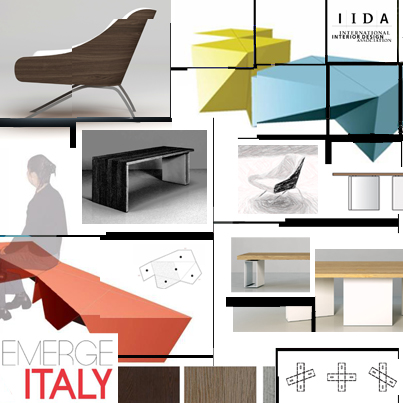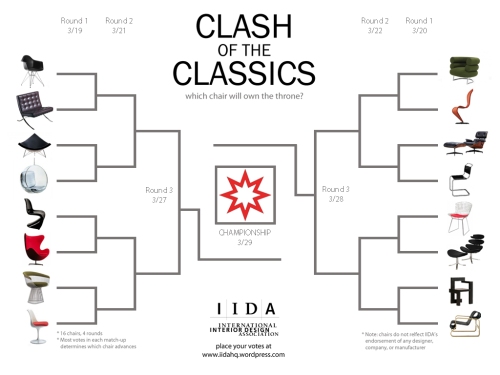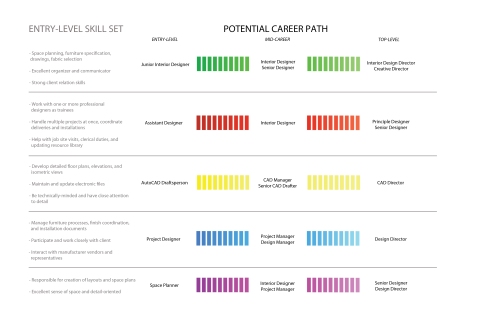Another day, another opportunity to introduce you to our stellar students participating in the IIDA Student Charette at NeoCon!
 Adrian Cardenas is a senior at the University of North Texas.
Adrian Cardenas is a senior at the University of North Texas.
Adrian looks forward to specializing in hospitality design as according to him, “hospitality design has a sense of glamour, but is still technical and custom designed for the brand.”
He draws inspiration from numerous outlets but notes that his favorite space is The Stoneleigh Boutique Hotel in Dallas. Adrian used the hotel for his senior project as he found the building was fascinating, beautiful and full of history. “this space is nostalgic and has a gorgeous historical ambiance.”
 Ymani Tannis is a senior at the Art Institute of Atlanta, and she knew she wanted to be an interior designer since she was a kid!
Ymani Tannis is a senior at the Art Institute of Atlanta, and she knew she wanted to be an interior designer since she was a kid!
“When I was a child, I always played on the game SIMS simply to build and design their homes. For hours I would stay on the computer doing this, and because of this my mom told me I was destined to be an interior designer!”
Now that Ymani is older, she draws her inspiration from other sources. Her favorite source of inspiration is Frank Gehry. Although he is an architect, Ymani finds his designs for the exterior of buildings very artistic and sculptural.
Be sure to check out their work at the IIDA Student Charette on Tuesday, June 11th at booth space 7-2105. We look forward to seeing you there!























